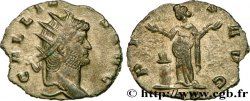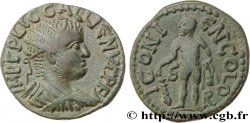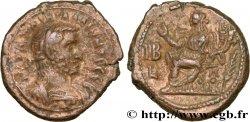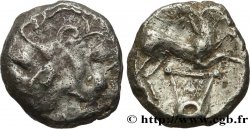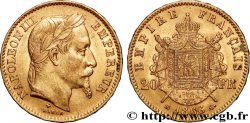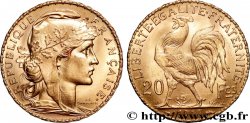v29_0340 - GALLIENUS Antoninien
MONNAIES 29 (2007)
Starting price : 145.00 €
Estimate : 200.00 €
unsold lot
Starting price : 145.00 €
Estimate : 200.00 €
unsold lot
Type : Antoninien
Date: 265
Mint name / Town : Syrie, Antioche
Metal : copper
Millesimal fineness : 100 ‰
Diameter : 22,5 mm
Orientation dies : 12 h.
Weight : 3,82 g.
Rarity : R3
Emission: 4e
Coments on the condition:
Flan très large et complet au droit et au revers. Avec son argenture. Frappe un peu molle au revers et flan légèrement taché
Catalogue references :
Obverse
Obverse legend : GALLIENVS AVG.
Obverse description : Buste radié, drapé et cuirassé de Gallien à gauche, vu de trois quarts en avant (A1).
Obverse translation : "Gallienus Augustus", (Gallien auguste).
Reverse
Reverse legend : MINE-RVA AVG/ -|-//(PALME).
Reverse description : Minerve, casquée et drapée debout de droite, tenant une haste de la main droite et appuyée sur son bouclier de la main gauche.
Reverse translation : "Minerva Augusti", (Minerve de l'auguste).
Commentary
Poids lourd. Avec l’intégralité de son argenture. Portrait tout à fait inhabituel. Seulement un exemplaire recensé dans le corpus de Göbl. Même coin de droit que l’exemplaire du Kunsthistorisches Museum de Vienne (W. 63266). Semble le second exemplaire signalé.
Heavyweight. With all its silver plating. Very unusual portrait. Only one example recorded in the Göbl corpus. Same obverse die as the example in the Kunsthistorisches Museum in Vienna (W. 63266). Seems to be the second example reported.
Heavyweight. With all its silver plating. Very unusual portrait. Only one example recorded in the Göbl corpus. Same obverse die as the example in the Kunsthistorisches Museum in Vienna (W. 63266). Seems to be the second example reported.








 Report a mistake
Report a mistake Print the page
Print the page Share my selection
Share my selection Ask a question
Ask a question Consign / sell
Consign / sell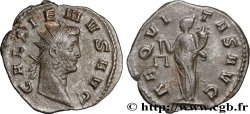
 Full data
Full data
